Timber Gridshells
Geometry and Performance of Timber Gridshells
Dragos-Iulian Naicu
The University of Bath
Timber gridshells are a very efficient way of covering large spaces while also providing a unique architectural and material quality. As this can still be considered an emergent technology, the design of such buildings has relied on a relatively substantial amount of experimental work.
This thesis, upon reviewing the design and construction processes of previous timber gridshells, puts forward a structural model that aims to represent the true nature and specifics of single and doublelayered timber gridshells.
The parametrically determined geometry of a computational prototype is described and used as a basis for a non-linear elastic numerical analysis.
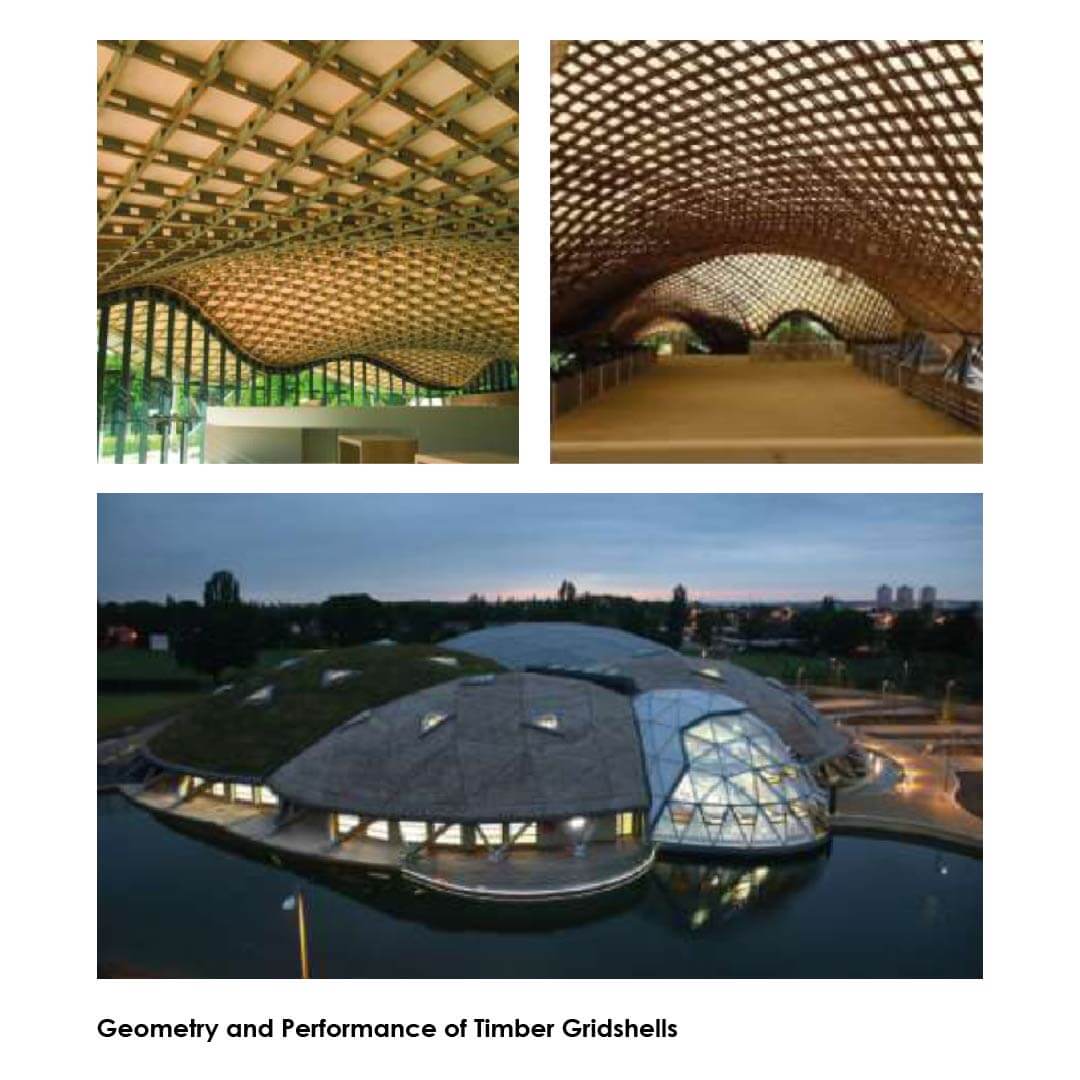 Particular attention is given to modelling the connections between the timber laths that provide composite bending action in a double layer grid.
Particular attention is given to modelling the connections between the timber laths that provide composite bending action in a double layer grid.
The deformation behaviour and the imperfection sensitivity are assessed with a view to understanding how gridshells respond under different conditions.
A new gridshell will inevitably be analysed with computer software, but the information presented in this dissertation will be useful for scheme design as well as the calibration of the computer analysis.
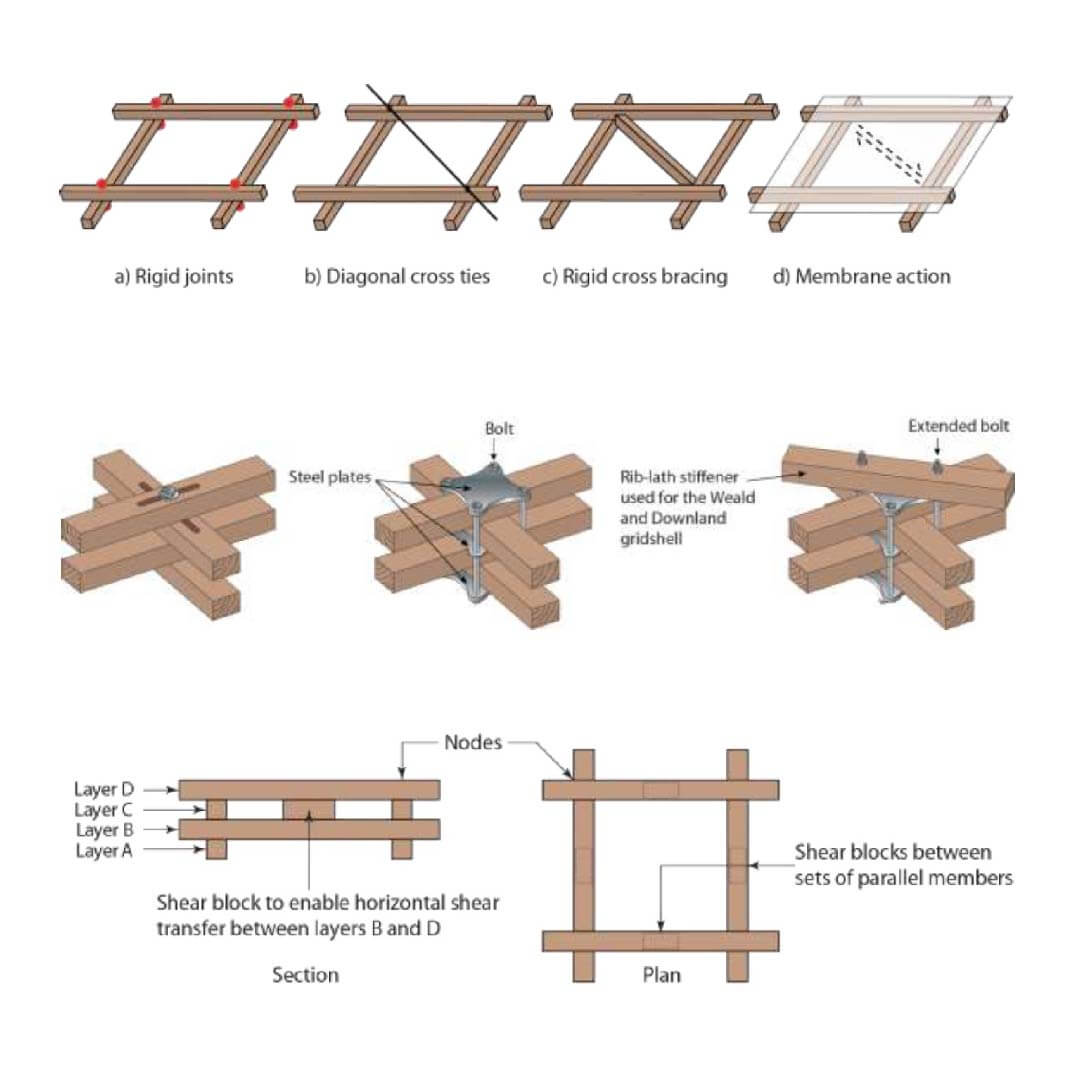 Within the context of free-form architecture and an ever increasing awareness of the natural limitations of our environment, timber gridshells would normally be considered a standard tool in the language of construction.
Within the context of free-form architecture and an ever increasing awareness of the natural limitations of our environment, timber gridshells would normally be considered a standard tool in the language of construction.
The characteristics of this technology – long-span, light-weight, affordable, sustainable – argue that it should be a perfect fit to the architectural programmes of our time.
However, the use of timber gridshells has so far been limited to experimental pavilions and a few very worthy, large-scale, permanent buildings.
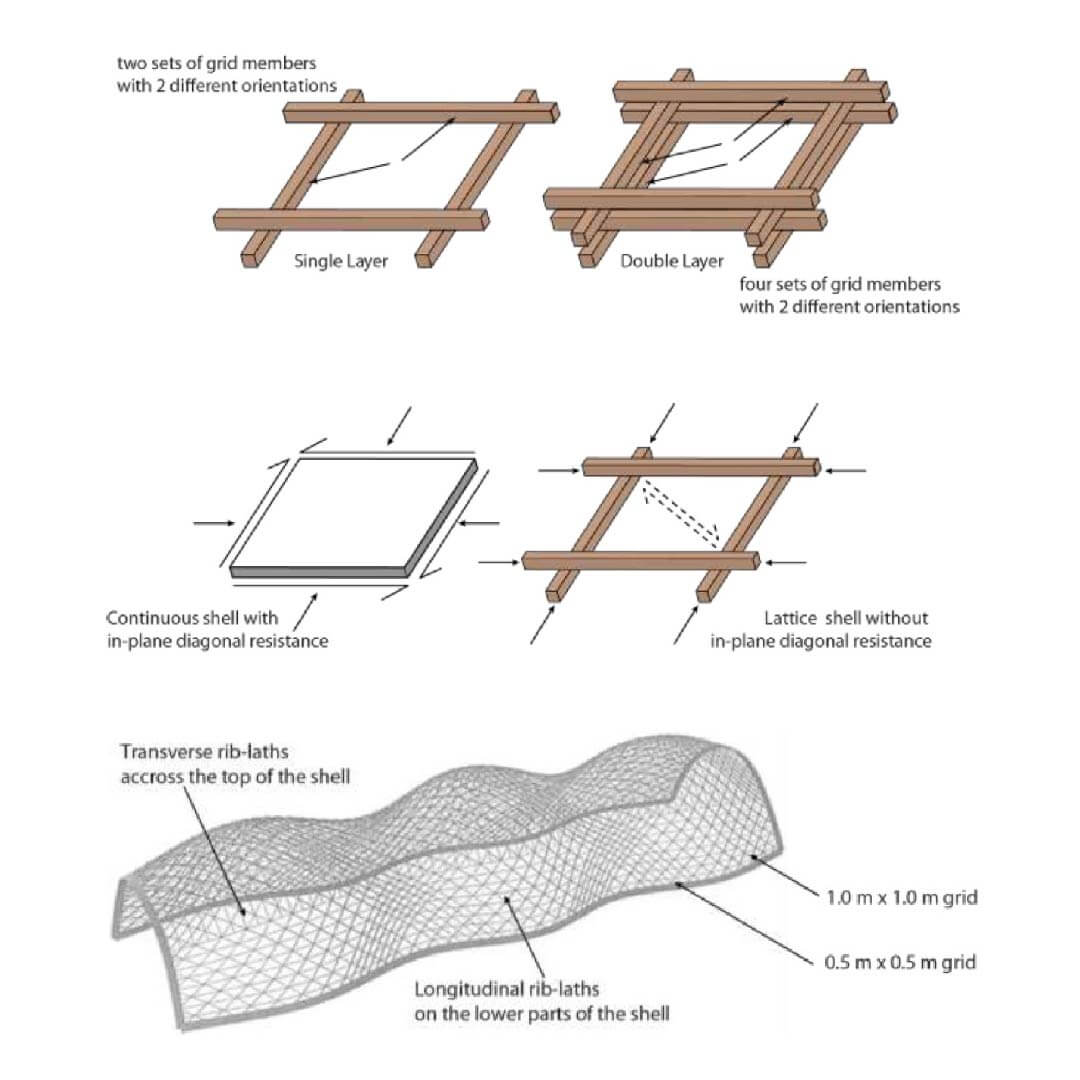 Gridshells are a type of spatial structure which follow the structural principles of shell action and which inherently resist the applied loads through their shape.
Gridshells are a type of spatial structure which follow the structural principles of shell action and which inherently resist the applied loads through their shape.
Their fundamental characteristic is the fact that gridshells are obtained by regularly perforating the membrane of a shell and concentrating material in the remaining strips.
Timber gridshells differ from gridshells built using other materials, such as steel, in the fact that their primary structural elements are continuous, long and thin members, which are usually laid flat along the grid, overlapping each other in different layers and which are connected at the intersections.
The desired shape of the structure is then achieved by a process of post-forming – pushing and pulling into the final position.
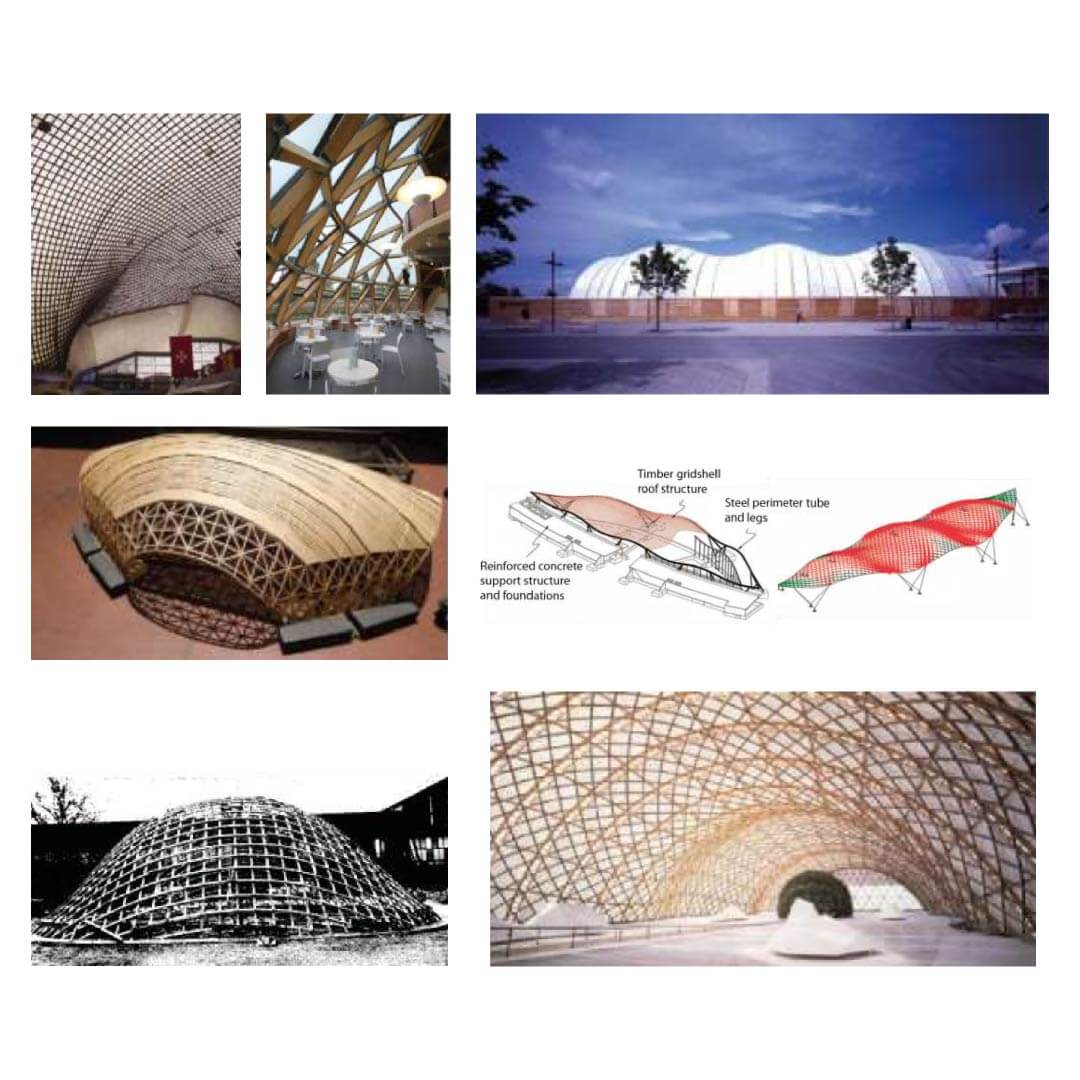 This can only happen due to the inherent natural properties of timber and it is significantly different compared to the process of assembly of individual members that lead to the construction of a meshed structure out of steel.
This can only happen due to the inherent natural properties of timber and it is significantly different compared to the process of assembly of individual members that lead to the construction of a meshed structure out of steel.
These structures provide all the structural and aesthetic benefits of shells and in addition, use a material that is considered sustainable.
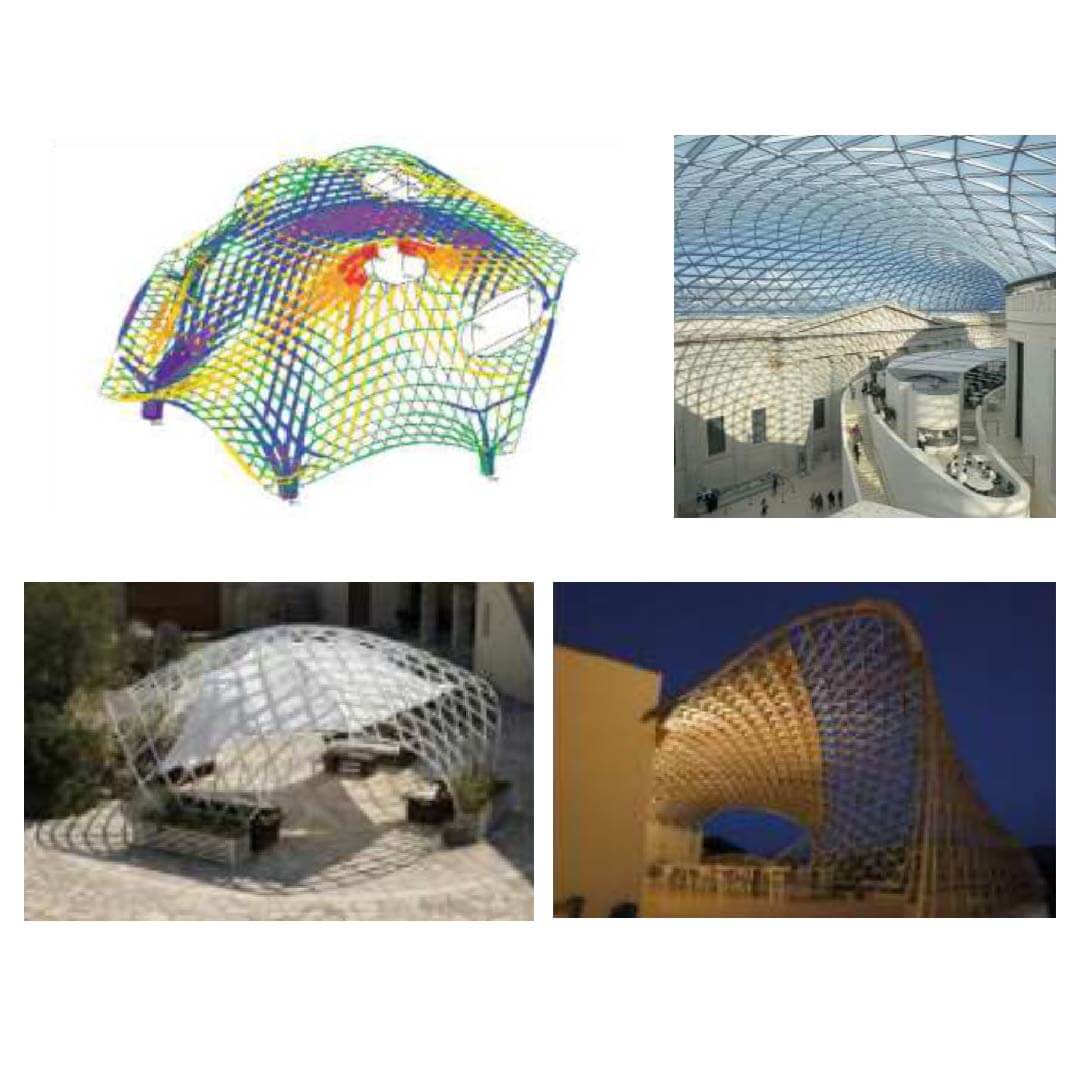 Timber, if provided from certified sources, has excellent environmental credentials and is also a provider of CO2 storage, leading to a possible negative carbon balance.
Timber, if provided from certified sources, has excellent environmental credentials and is also a provider of CO2 storage, leading to a possible negative carbon balance.
Although the technology was first used in the 1960’s, it is one which easily applies itself to the modern paradigm of sustainability.




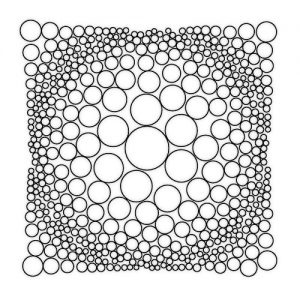























Comments